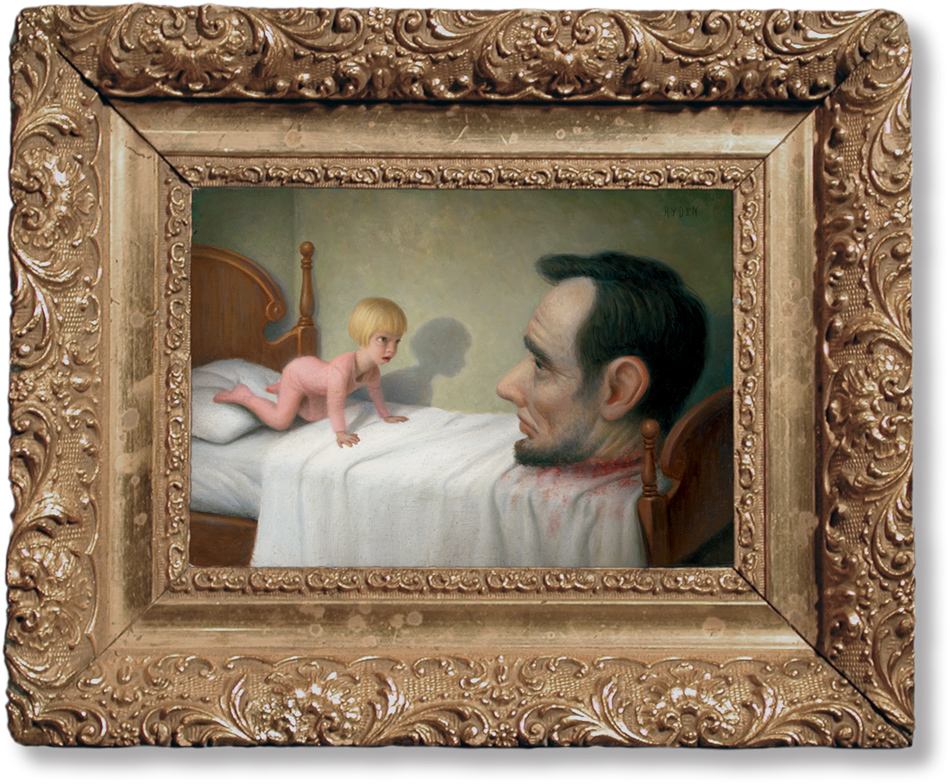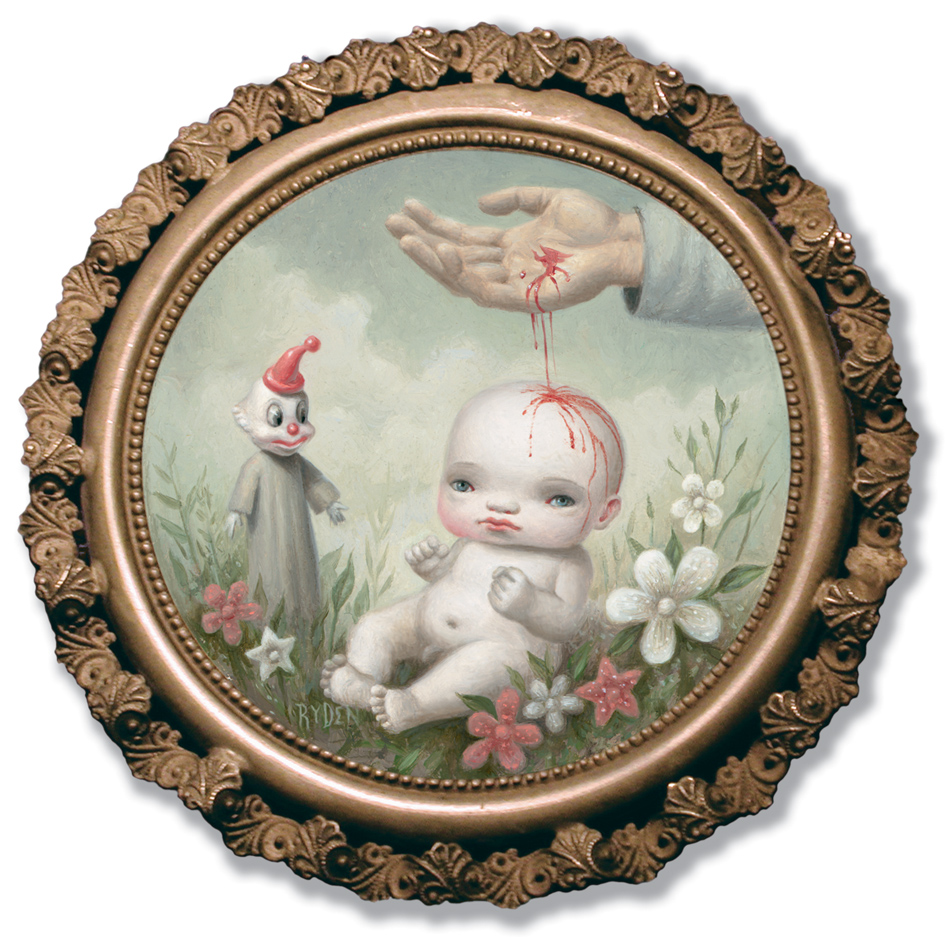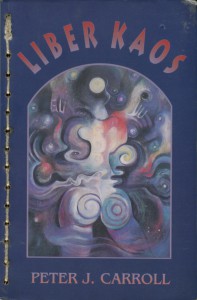Yep. Anthropodermic bibliopegy. That’s the technical term for books bound in human skin.
I decided to write this article after I stumbled across five mentions of anthropodermic bibliopegy in a 48 hour period. I took that as a sign that books bound in human skin was a topic I needed to discuss here – synchronicity isn’t something I really put much faith in but I wager that the average person might think it a sign if she just happened upon several references to such an arcane subject. It didn’t hurt that I found books bound in human skin extremely interesting. Also, as I read about these books, I found myself wishing there was a master list and discussion of the more famous examples of anthropodermic bibliopegy, and who better to compile a long, wordy list than me? And here we are!
Because of my interest in true crime, I knew that there were instances wherein court records were bound in the skin of executed criminals. I was also familiar with a few examples of anthropodermic bibliopegy in pop culture, notably the Evil Dead films. But given the morbidity of the subject, I was surprised at how little I knew about these books, real or fictional. Books, creepy things, unsettling representations of the dead – you’d think I would have been all over this topic by now.
As I read about books bound in human skin I noticed that there was a surge of articles on the subject in the spring and summer of 2014. Harvard University tested three suspected examples of anthropodermic bibliopegy in their collections and only one was genuinely bound in human skin, the skin from a woman who spent her life in a mental asylum. Those tests spurred a media interest in anthropodermic bibliopegy, and an interest I am deeply appreciative for because otherwise I don’t think research into the topic would have been so easy. Though several sources I read insisted that the practice of binding books in human skin was once an accepted practice, it was not a common practice and more or less ended in the late 19th century. There are very few of these books that remain in museums and libraries.
Though the bulk of the remaining examples of anthropodermic bibliopegy are from the 18th and 19th centuries and primarily from Europe, claims that skin was used for book bindings date at least as far back as the 13th century. Prior to the development of precise scientific testing to determine skin origin, experts determined origin of skins via microscopic analysis. Physicians and museum curators observed patterns in cuticles and tiny hair remnants left in pores after the tanning process and used those patterns to determine the animal that provided the skin. Many books claimed to be bound in human skin were identified as such by using microscopic analysis – not many have been subjected to more modern tests. One of best tests for animal origin of tanned skin is peptide mass fingerprinting, which analyzes the proteins left in tanned skin. Those proteins point to the animal the skin was taken from and though at times the protein markers show simply that the skin was taken from primates, it can be assumed that those primates were humans. Monkeys were not thick on the ground in Europe in the 18th and 19th centuries. At least one book, which I will discuss, that was considered one of the best examples of a book bound in human skin, was proved to be bound in sheep or cow hide after peptide mass fingerprinting. I suspect that a significant number of books authenticated as human skin using older, microscopic methods would not be authenticated as human if tested using peptide mass fingerprinting (and that method cannot determine who specifically donated skin as the tanning process destroys DNA).
The Mütter Museum of the College of Physicians of Philadelphia currently has the largest collection of books bound in human skin in the USA, counting five total volumes, three of which were bound in skin from a single donor. All five have been tested according to modern standards and the bindings have been proven to be of human origin. The Mütter Museum has formed a team to try to create a comprehensive list of all the examples of anthropodermic bibliopegy, encouraging institutions to test all the books in their collections that are alleged to be bound in human skin:
Most institutions the team has worked with are keeping quiet, however. During her presentation at Death Salon, Rosenbloom did share the aggregate results so far: Out of the 22 books the group has tested, 12 have been found to be made out of human skin. According to one of Rosenbloom’s slides, the remainder were found to have been bound with “an assortment of sheep, cow, and faux (!) leather.” The team has also identified an additional 16 books that they have not yet tested—and is working to locate more.
I have to think that there are likely some undiscovered examples of anthropodermic bibliopegy in private collections, but I think that if one of the largest known collections of books bound in human skin has only five books, perhaps the custom of binding books in human skin was indeed less common than some of the sources I consulted seem to think it was.
As I read about anthropodermic bibliopegy, the topic fell neatly into several categories: criminals whose skin was harvested after their executions; skin used from people who could not or did not give meaningful consent to have their skin used after their deaths; voluntary skin donors; books proven not to be bound in human skin after peptide mass fingerprinting; and representations of human skin-bound books in pop culture.
I found interesting a lot of the squeamishness and revulsion people feel for books bound in human skin. Often it seemed as if this revulsion was rather selective, given some of the truly macabre museum exhibits that exist, from the entirety of the Mütter Museum to the visually disturbing but excellently bizarre flayed Musee Fragonard exhibits. It seems strange to be upset about a book bound in human skin when you can see dissected bodies on display in medical museums, bodies that were often curated without the consent of the person when he or she was alive. However, the longer I read about this topic, the more I found myself feeling a bit uneasy about some of the examples of books bound in human flesh. I am unsure if this is a 21st century mentality. Perhaps it is because I am accustomed to patient/family consent in medical and funeral procedures. Or maybe my discomfort is linked with my identification with the underclasses who ended up providing most of the skins used to bind books. I wonder if others who immerse themselves in this topic find themselves growing a bit indignant about the fates of some of the people who provided their skins.
Please note that I exercised some discretion that may seem offensive since I am not an antiquarian, book binder or scientist, but you will find that there are some “authentic books” that I think are unlikely to be bound in human skin. Sometimes I left the books with questionable authenticity in the “real” sections and sometimes I put them in the “fake” section. Generally the “authentic” examples of anthropodermic bibliopegy that I place in the hoaxes or disproved section are pretty egregious fakes.




